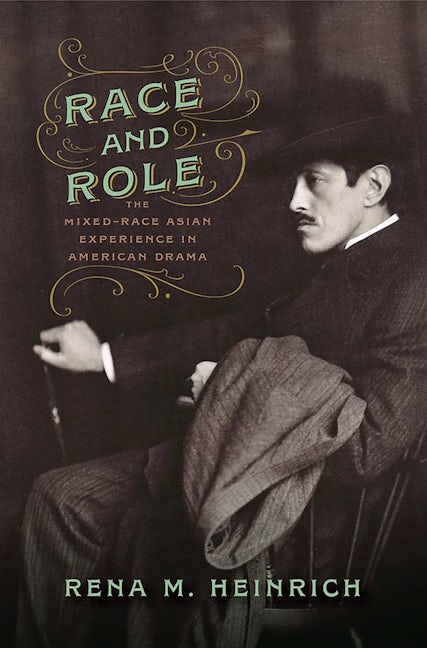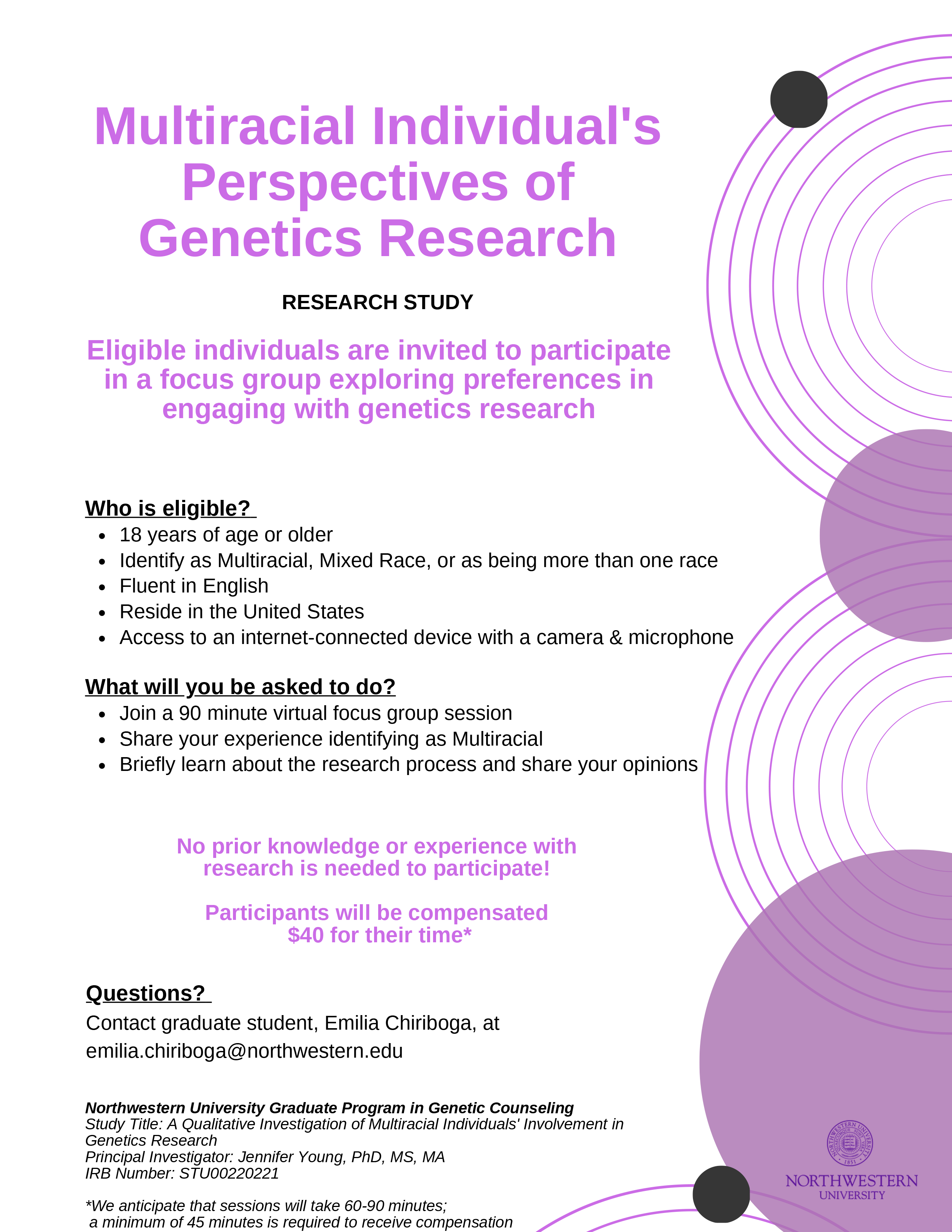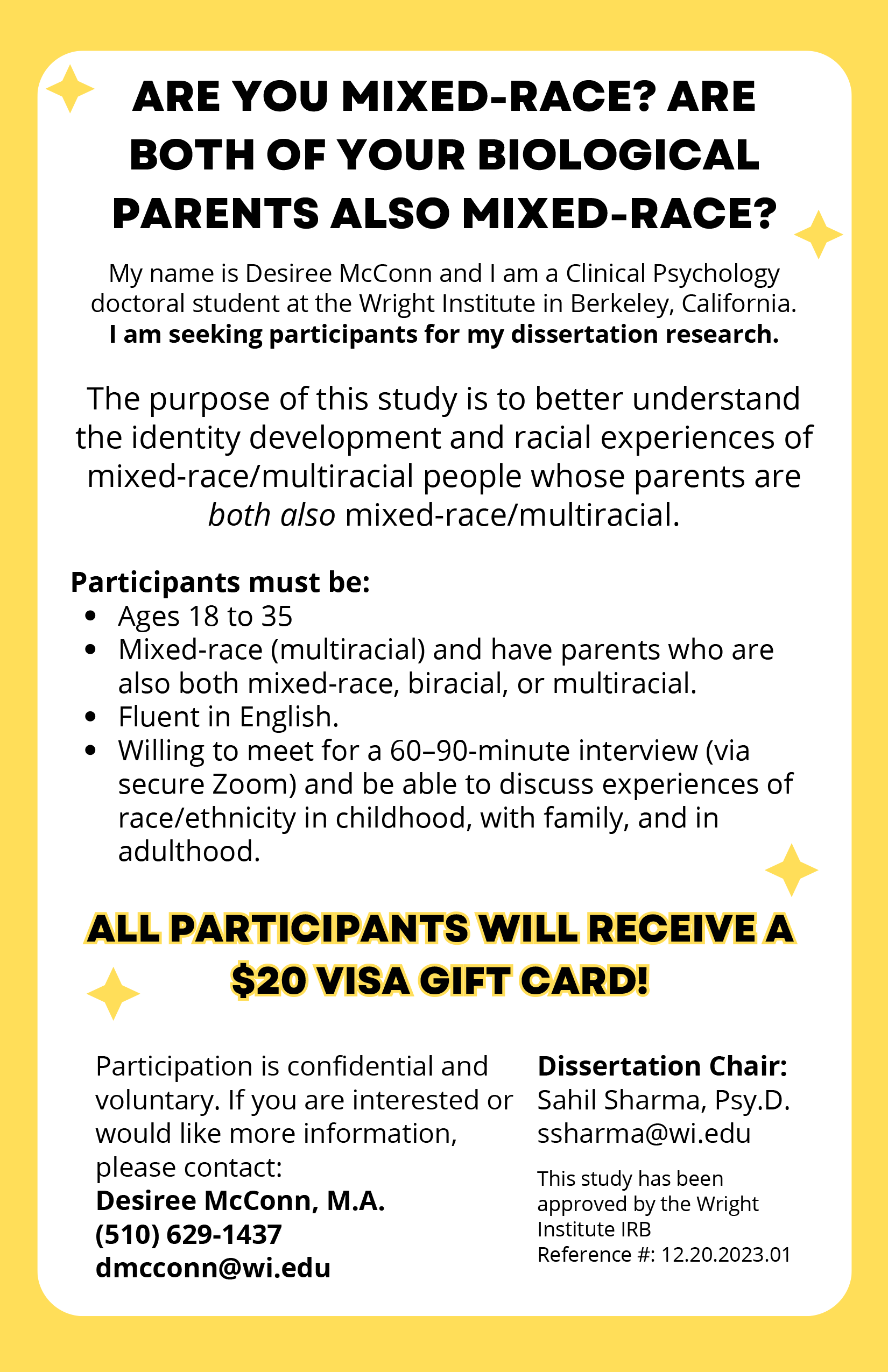2024 Critical Mixed Race Studies Conference Call for Proposals
Critical Mixed Race Studies Association
2023-08-24

The biannual CMRSA conference, More than Betwixt and Between: Solidarity and Liberation in Beloved Communities will take place at The Ohio State University from June 13-15, 2024 in Columbus, Ohio and online.
The 2024 CMRSA Conference Planning Committee is excited to announce the theme for our 7th biennial Critical Mixed Race Studies Conference, taking place both virtually and in person at The Ohio State University. We are hosting the hybrid conference during the week of Loving Day, the anniversary of the June 12, 1967 Loving v. Virginia U.S. Supreme Court decision that struck down the remaining laws banning interracial marriage. The conference will also take place during Columbus, Ohio’s Pride weekend. In this spirit, we can mobilize love as an act of radical resistance against white supremacy and forms of intersectional oppression. Within the structure of white supremacy, people identified or identifying as multiracial, mixed, or adopted have often been placed in “liminal spaces,” or forced to navigate between two or more worlds, identities, and places that are at times conflicting. It is for this reason that we center the idea of liminality, or “betwixt and between,” as a productive space from which to form solidarities and foster “beloved community.”
Within Critical Mixed Race Studies, “betwixt and between” holds meaning as the title of the longest running college course on multiracial identity, taught by the late G. Reginald Daniel (aka “Reg”), Professor of Sociology at University of California, Santa Barbara. The idea of multiracial people living “betwixt and between” was also debated in his groundbreaking text, More Than Black? Multiracial Identity and the New Racial Order. While we wish to elevate and honor Reg’s life and scholarship by centering liminality, the framing can also be limiting. Therefore, we invite expansive thinking around questions of “betwixt and between” toward liberating our emerging field of study. We suggest this liberation could happen through solidarity and in or through beloved community. Borrowing from the late bell hooks in Killing Rage: Ending Racism, the “transformative power of love” can be wielded to cultivate cross-racial solidarities amongst ourselves as “beloved community [which] is formed not by the eradication of difference but by its affirmation, by each of us claiming the identities and cultural legacies that shape who we are and how we live in the world. To form a beloved community we do not surrender ties to precious origins. We deepen those bondings by connecting them with an anti-racist struggle.”
As such, we welcome contemplations of liminality, love, community, and solidarities from the wider global community, community advocacy groups, artists, clinicians, practitioners and students supporting CMRS values. We therefore invite academics and non-academics to join the conference in order to empower one another and create a space for critical community, a sense of belonging, and critical dialogues. We will accept proposals for in-person and virtual modalities that include presentations, panels, performances, workshops, posters, visual and multimedia artworks, creative writing, and film showings that address the conference theme in a broad sense. Though proposals must include written text, presentation formats (typically framed as a “paper”) may be varied and diverse, including non-academic formats that are inclusive for all participants.
Click here to submit your proposed session(s) to this form. The deadline is Sunday, September 10, 2023 12:00AM PDT.
Have any additional questions about conference proposals of conference format? Please email us at cmrsmixedrace@gmail.com.










